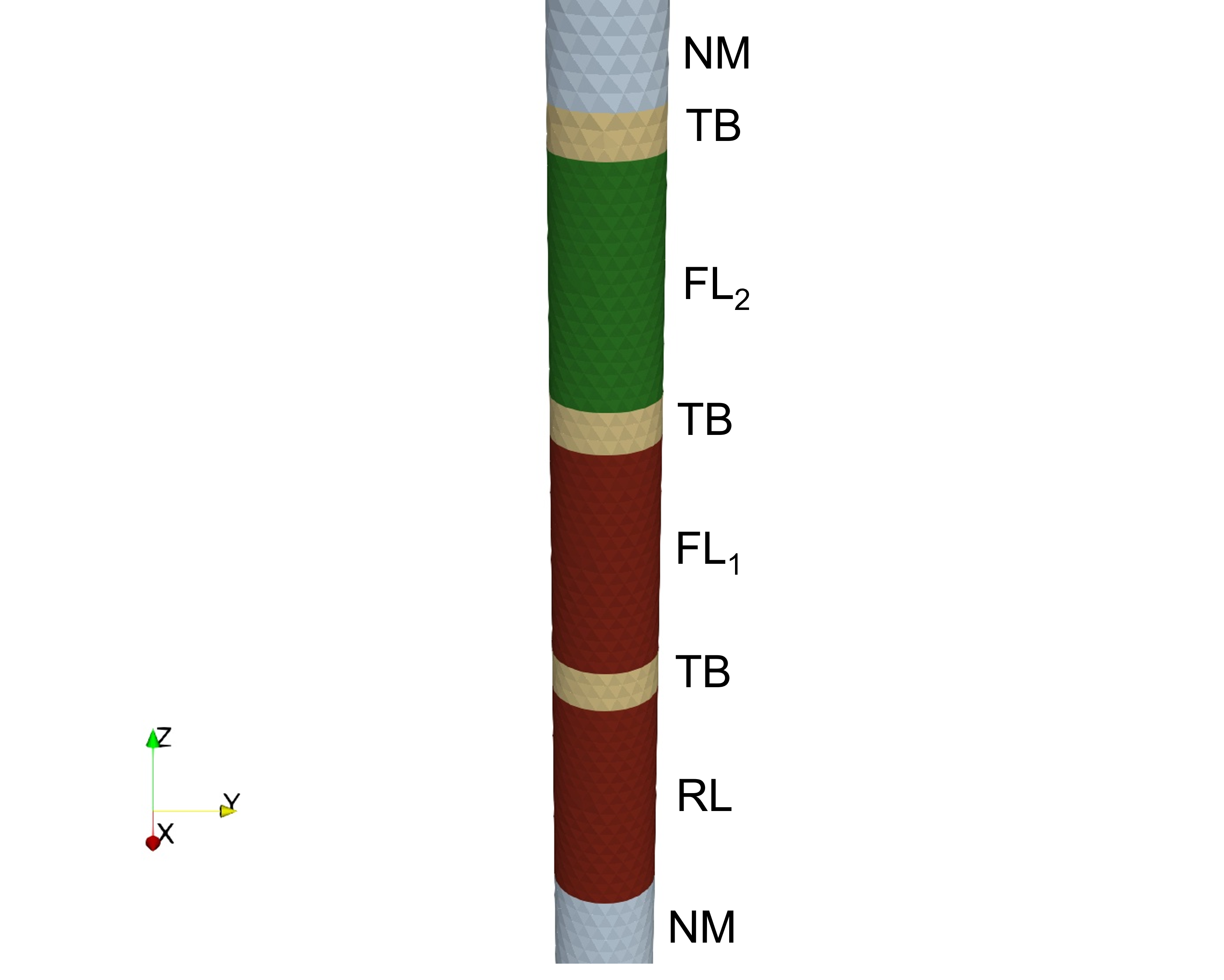 |
|
||||
BiographyViktor Sverdlov received his Master of Science and PhD degrees in physics from the State University of St.Petersburg, Russia, in 1985 and 1989, respectively. From 1989 to 1999 he worked as a staff research scientist at the V.A.Fock Institute of Physics, St.Petersburg State University. During this time, he visited ICTP (Italy, 1993), the University of Geneva (Switzerland, 1993-1994), the University of Oulu (Finland,1995), the Helsinki University of Technology (Finland, 1996, 1998), the Free University of Berlin (Germany, 1997), and NORDITA (Denmark, 1998). In 1999, he became a staff research scientist at the State University of New York at Stony Brook. He joined the Institute for Microelectronics, Technische Universität Wien, in 2004 and he is currently on a tenure-track position. His scientific interests include device simulations, computational physics, solid-state physics, and nanoelectronics. |
|||||
Modeling Emerging Ultra-Scaled Magnetoresistive Memories
Emerging nonvolatile magnetoresistive random access memory (MRAM) is characterized by long retention compared to its competitors. Spin-transfer torque magnetoresistive random access memory (STT-MRAM) is scalable and considerably faster than flash memory, possesses higher endurance, and requires fewer additional masks for fabrication. STT-MRAM can even compete with SRAM and, therefore, has the potential to revolutionize the way information is stored in the future, provided it can operate at a sub-nanosecond speed and scale down to several nanometers in footprint. An MRAM cell consists of several layers. The main element is a magnetic tunnel junction (MTJ) composed of a CoFeB reference layer (RL) separated by an MgO tunnel barrier (TB) from a free magnetic layer (FL). It appears that thin CoFeB layers grown on MgO become perpendicularly magnetized. An MTJ with perpendicular RL and FL orientations (pMTJ) allows the reduction of the cell footprint and increases the memory density. An FL is interfaced with a second MgO layer to increase the perpendicular magnetic anisotropy. The FL comprises two thin CoFeB layers separated by a metal spacer. Introducing additional MgO layers along the FL and elongating them in the magnetization direction allows to increase the perpendicular anisotropy even further by benefitting from additional CoFeB/MgO interfaces and the shape anisotropy (Fig. 1). The diameter of the FL is simultaneously reduced, which results in a single digit nanometer cell footprint.
Modeling advanced MRAM cells requires an accurate evaluation of spin currents and torques in MTJs with composite FLs and several RLs. We employ a coupled spin and charge transport approach to accurately model such devices, allowing us to treat metallic spin valves and magnetic tunnel junctions with elongated magnetic layers on equal footing. We predict a multi-bit operation in an ultra-scaled memory cell with a composite free layer (Fig. 2). We also demonstrate that the torque strength and the switching speed improvement in a double spin-torque magnetic tunnel junction device critically depend on the properties of a nonmagnetic metallic spacer (NMS) separating the free layer from the second reference layer (Fig. 3).

Fig. 1: Ultra-scaled memory cell with a composite elongated FL consisting of the two parts FL1 and FL2 separated by a TB. Two TBs are introduced between the FL and the RL and the FL and the top contact.

Fig. 2: Sequential switching of the composite FL from P to AP. Initially, the right-most part FL2 is reversed, followed by the middle part FL1 reversal, which completes the switching.

Fig. 3: Torques (red) acting on the FL in a double spin torque MTJ with a Mo NMS (solid) and a Ta NMS (dotted). Black arrows depict the magnetization direction: RL1 in z, FL in x, and RL2 in z.


